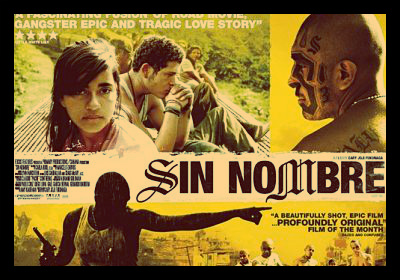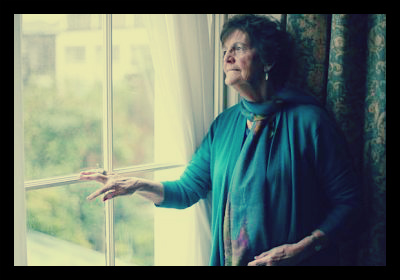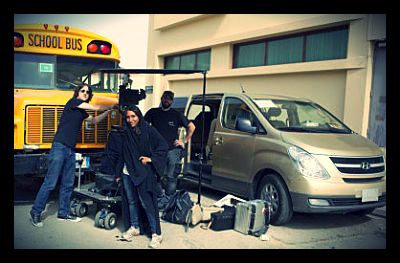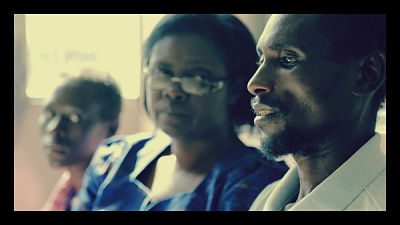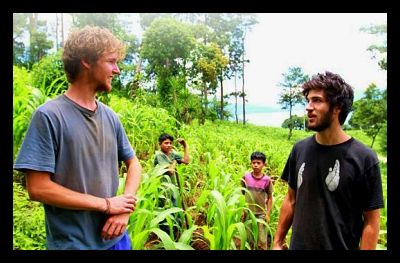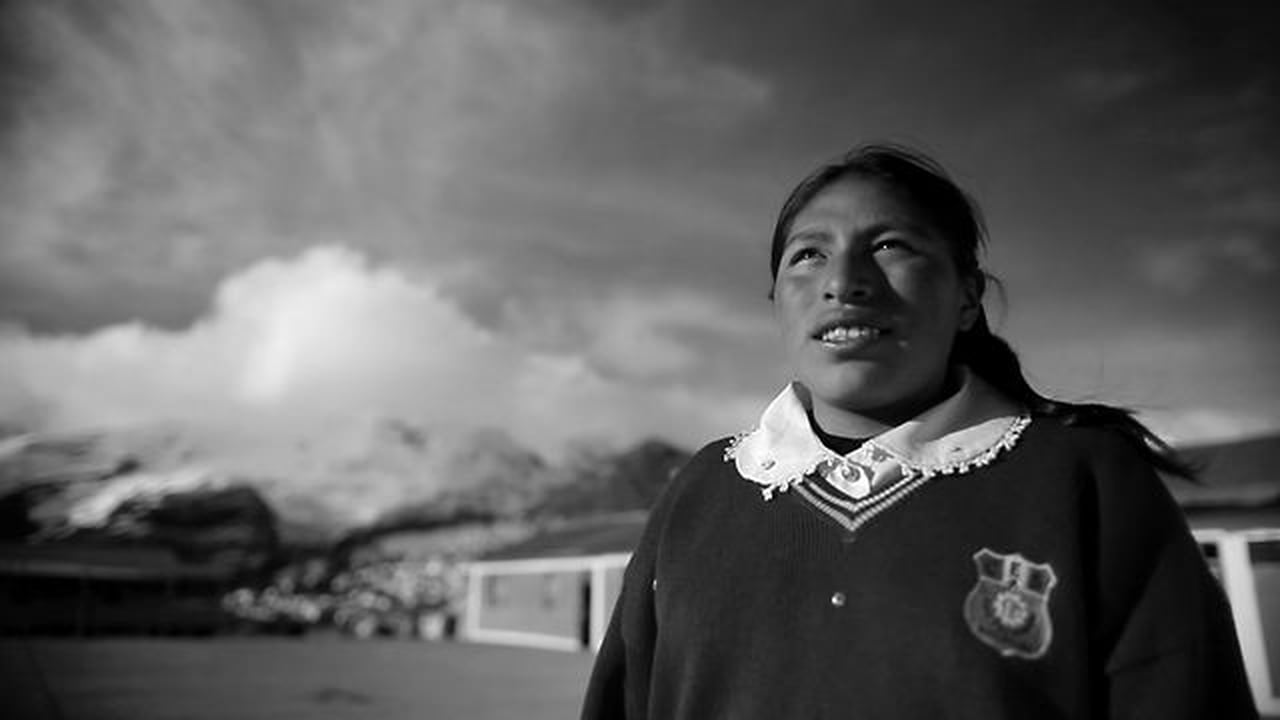
Girl Rising is a campaign to both improve and bring awareness to global education for girls. One of the primary ways they attract attention to this issue is through storytelling in the form of film.
In 2013, the film “Girl Rising” was released. It follows the stories of nine girls from impoverished countries around the world: Haiti, Sierra Leone, Peru, Ethiopia, Afghanistan, India, Nepal, Egypt and Cambodia.
Each girl’s story has a well-known narrator. According to an article in the Los Angeles Times, the cast includes Anne Hathaway, Meryl Streep, Liam Neeson and Cate Blanchett. Many of the actors involved do separate philanthropic work related to educating and empowering women.
The film was directed by the Academy Award-winning director Richard Robbins, who also came up with the idea for the film. He made sure that the focus of the movie remained on the stories of the protagonists.
To help the girls communicate, Robbins told Huffington Post, he implored the film’s writers to spend time with the girls in order to effectively tell their stories. While the film “Girl Rising” came before the current campaign to spread awareness for girls’ education, Robbins says, over the course of making the film, it became “clear that we needed to build an organization that was capable of working in all the ways the film alone could not.”
Girl Rising now partners with NGOs including CARE and Room to Read in their mission to bring education to girls globally.
In collaboration with the Pearson Foundation, Girl Rising also offers a curriculum that educators can use to bring awareness to the issue of education for girls who have difficulty accessing it on their own. Factors that contribute to this lack of access are poverty, a reaffirmation of a cult of domesticity for women and foregoing education in order to get married and have children.
Girl Rising is also currently carrying out a campaign called ENGAGE, or Empowering Next Generations to Advance Girls’ Education. ENGAGE is a “USAID-supported public-private partnership” which is “working in India, Nigeria and The Democratic Republic of the Congo, pairing storytelling with local social action campaigns.”
The website for Girl Rising offers multiple options for those interested in getting involved in the cause, be it anything from donating money, to using Girl Rising’s curriculum in their schools, to raising awareness by organizing a viewing of the Girl Rising film.
– Katherine Hamblen
Sources: Girl Rising, LA Times, Huffington Post
Photo: Vimeo
